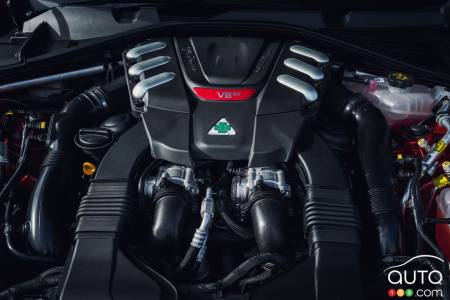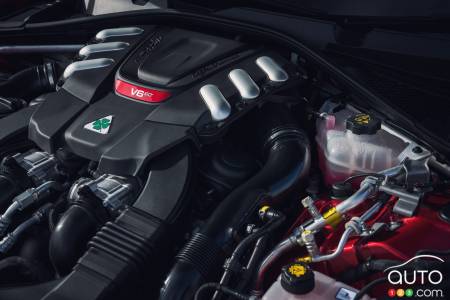Alfa Romeo has joined the ranks of other manufacturers who have announced that they will keep gas engines in their catalogues for longer than planned.
In August 2021, just over three years ago, Stellantis said that its Alfa Romeo division would go all-electric in Europe, North America and China in 2027. This month, the company's outgoing CEO, Jean-Philippe Imparato, hinted that this might not happen. Speaking at the Paris Motor Show, the executive hinted that gas engines could remain on the menu for longer than expected.

He told Auto Express that incoming CEO Santo Ficili "has the opportunity" to ensure that the brand's range benefits from more versatile powertrains for the new generations of Stelvio and Giulia models. So if the all-electric versions of these cars fail to generate sufficient sales, they could still be marketed with their gas engines. Stellantis' STLA Large platform allows for this kind of flexibility.
What is set in stone, however, is that both vehicles will abandon their current structure, the Giorgio platform.
And what might we find under the bonnet of future petrol-powered generations of these Alfa Romeos? Considering that the STLA Large platform is also used for the Dodge Charger Daytona, it would not be out of the question to keep the 3.0L turbocharged in-line 6-cylinder, a block that produces 420 and 550 hp. The first Chargers will be all-electric, but Dodge will start producing ICE versions in 2025.

The Giulia and Stelvio could follow a similar path. The next version of the latter is expected next year, while the Giulia sedan is due in 2026.
All this, of course, is if Alfa Romeo survives, as we recently learned that all the Stellantis brands will be evaluated in the next two to three years.
That's to be hoped (that the brand survives), given Alfa Romeo's rich history. But the company has a lot of work to do to get back on track.






